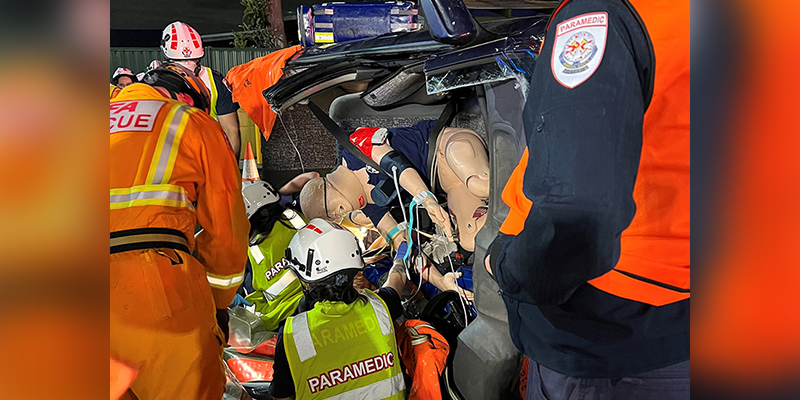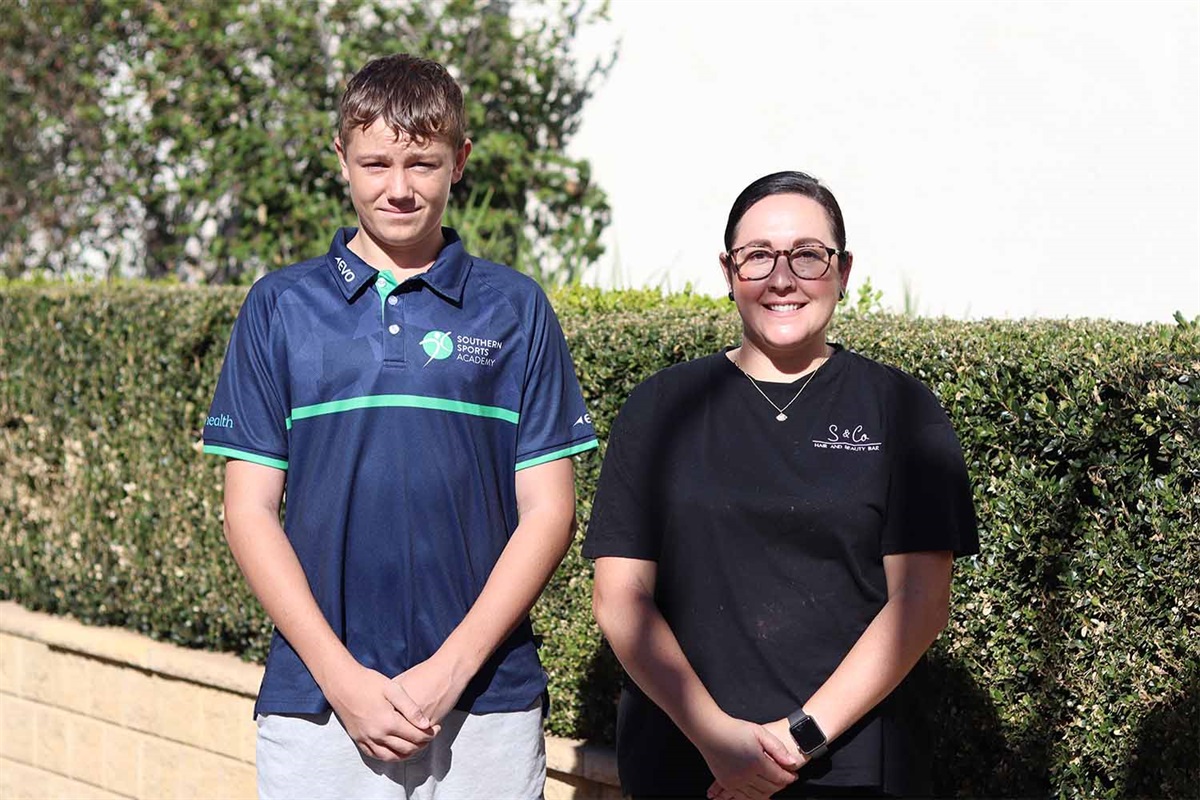 The Centre for Eye Research Australia has led the formation of the Keratoconus International Consortium (KIC) – bringing together over 40 keratoconus research groups around the world.
The Centre for Eye Research Australia has led the formation of the Keratoconus International Consortium (KIC) – bringing together over 40 keratoconus research groups around the world.
Keratoconus is a condition affecting the cornea, the clear front window of the eye that covers the iris and pupil. It’s usually diagnosed in the teenage years, and it’s the most common reason for corneal transplantation in Australia.
The cornea plays an important role in focusing light. In healthy eyes, it’s clear and rounded. In patients with keratoconus, the cornea progressively thins, causing it to bulge and distend, becoming more cone-shaped. This leads to blurry vision, pain, astigmatism and light sensitivity.
“Most people are aware of common eye diseases such as cataracts, glaucoma and macular degeneration, but many have never heard of keratoconus. Often the first time a patient hears the word ‘keratoconus’ is when they are diagnosed,” says Dr Srujana Sahebjada, CERA senior research associate.
“I’ve had patients tell me that their boss isn’t happy with them for taking frequent time off work for regular eye care appointments and they think the patient is making it up. This lack of community awareness about this disease and the impact it has on the patients is a big problem.”
In the earlier stages, glasses or contact lenses can help correct the vision problems caused by keratoconus. In advanced cases, when the cornea becomes extremely thin, a corneal transplant may be needed to improve vision.
“Corneal transplantation is a major eye surgery and carries risks such as infection and rejection,” Dr Sahebjada says.
“If surgery is needed it is often when the patients are quite young, in their teens or twenties. More and more, we’re seeing children presenting with keratoconus now, which is a big concern.”
The challenges of keratoconus

Dr Srujana Sahebjada
One of the biggest challenges for researchers and clinicians is that the causes of keratoconus are still unclear.
“Despite extensive research being conducted, little is still known about the exact causes of the condition and the ways to stop or slow the progression of keratoconus,” Dr Sahebjada says.
“Although the condition is considered genetic in origin, researchers remain unable to confirm a consistent marker for the disease.
“Keratoconus represents a complex and highly variable condition. Analyses of diverse populations describe significant discrepancy in the incidence and presentation of the disease.”
While there is also no known cure for the disease, new corneal crosslinking can help slow its progression in the early stages. However, early detection is also a challenge, requiring a specialised camera to map the shape of the cornea.
Working together across the globe
The idea for an international consortium was sparked from the Australian Study of Keratoconus, an extensive project led by Dr Sahebjada aiming to better understand keratoconus and the role that genetic and environmental risk factors play in the disease.
“As we were publishing the Australian Study of Keratoconus results, we noted that scientists in research centres across the world have individually collected small cohorts of patients with keratoconus,” she says.
To bring these research efforts together and create a shared database, CERA formed the Keratoconus International Consortium. There are currently 40 keratoconus research groups around the world involved.
“We hope that by collecting unified research data and sharing it with one another, we can develop a globally accepted classification system to monitor the disease progression and promote a more consistent approach to diagnosis and treatment,” Dr Sahebjada says
“Availability of large sample sizes from different ethnicities will provide an opportunity to better understand the underlying molecular causes, clinical characteristics and treatment options of keratoconus in order to develop strategies that can halt the disease progression.
“This will translate to reduction in the rate of corneal transplantation. This is an area of great need, as the Australian Corneal Graft Registry recently estimated that keratoconus patients typically require up to five corneal transplants during their life.”








